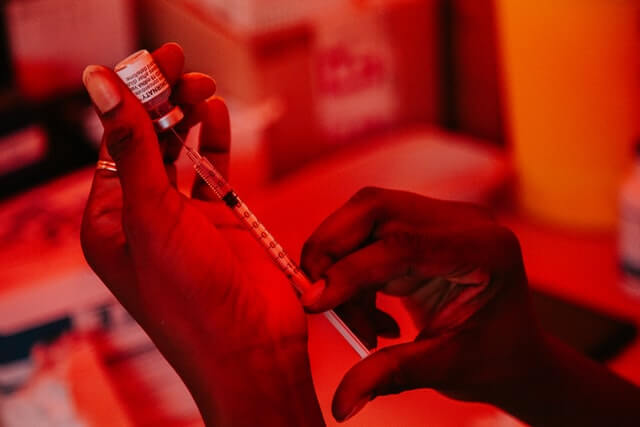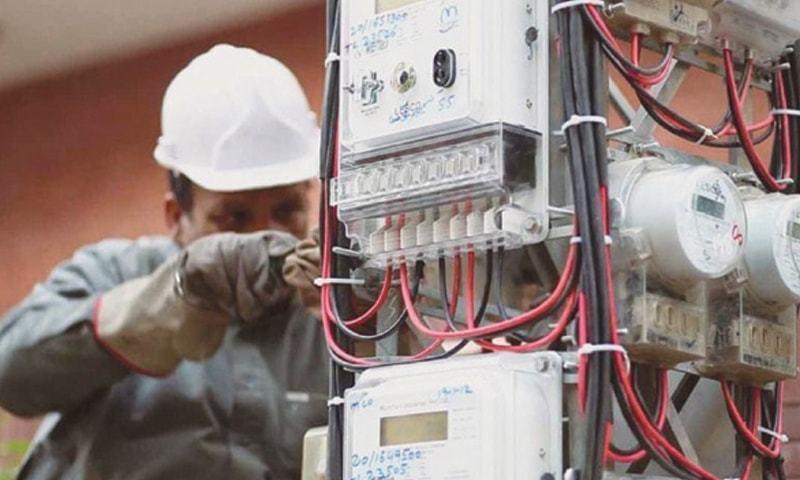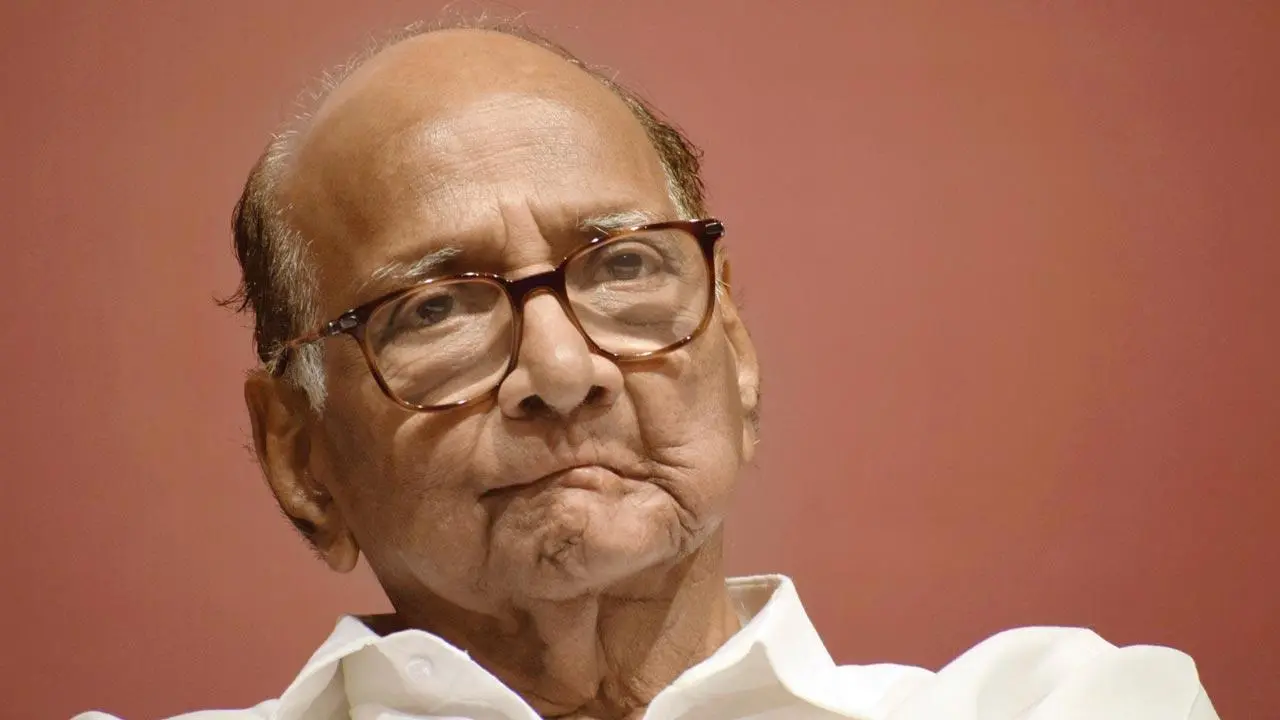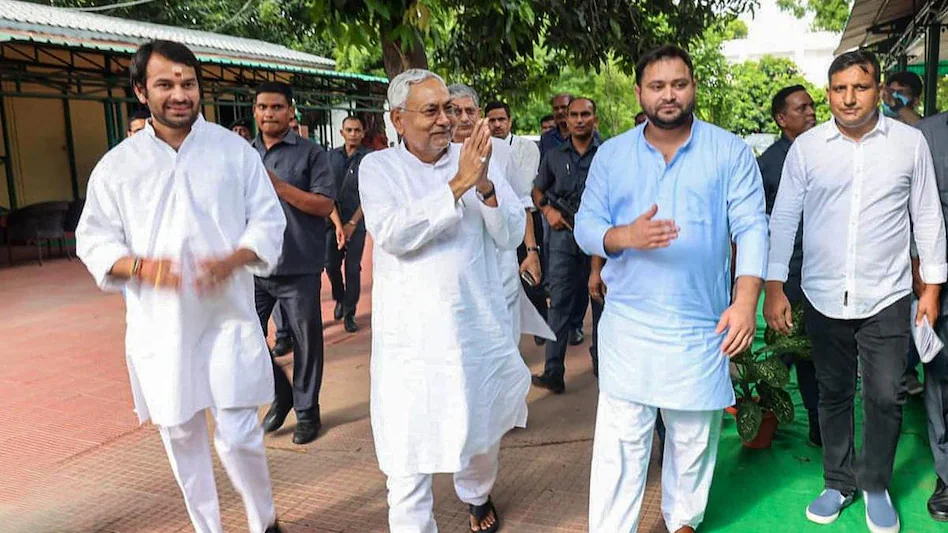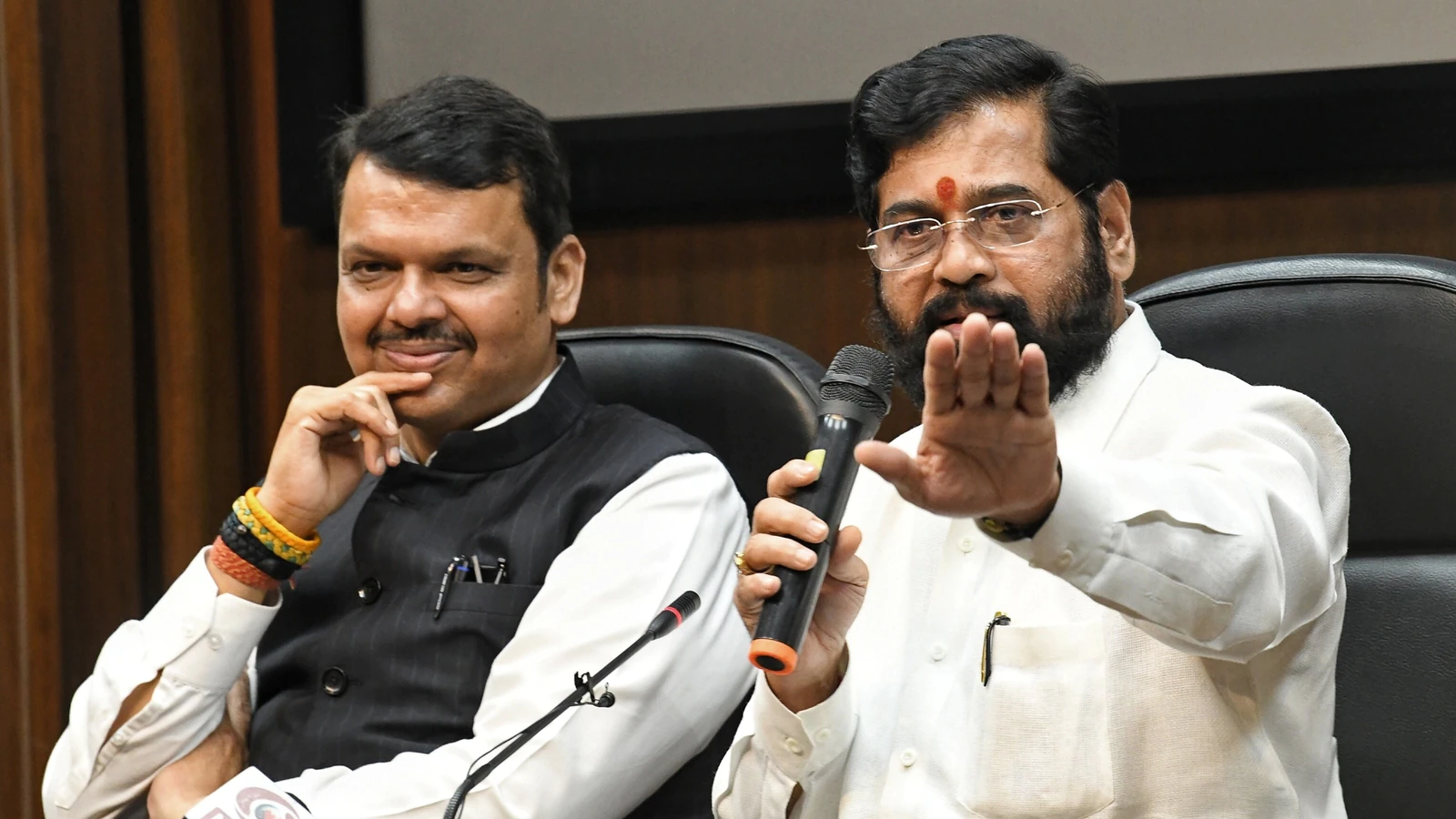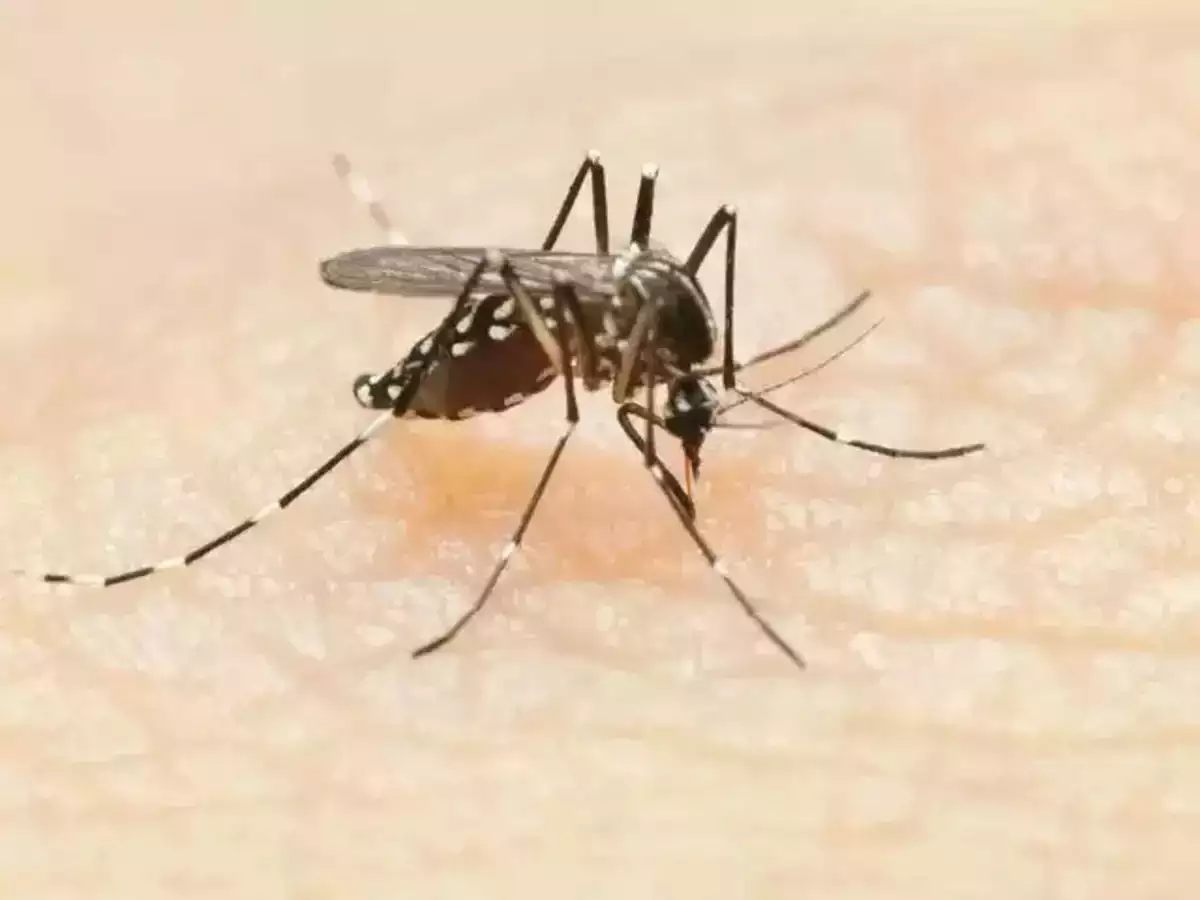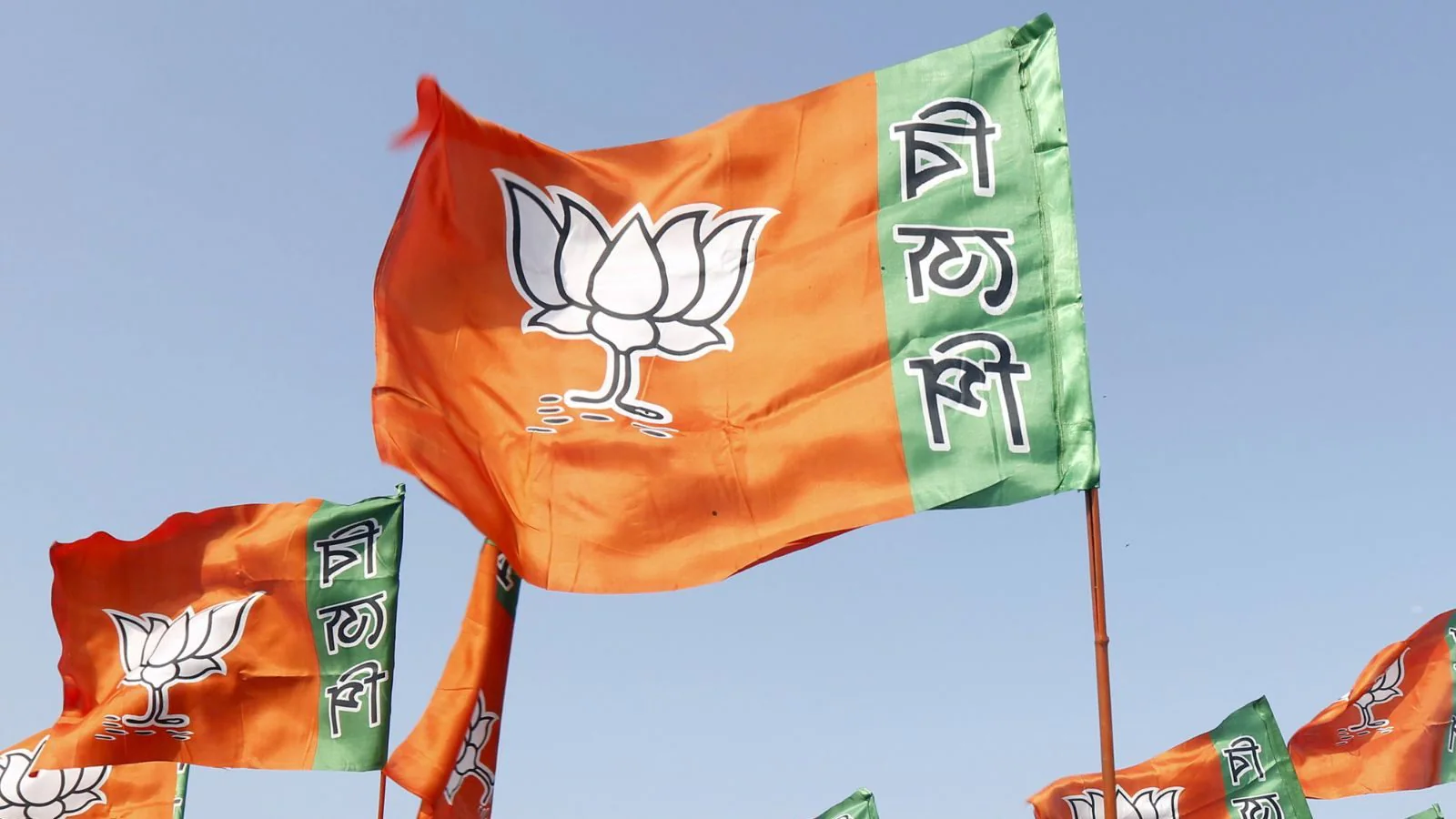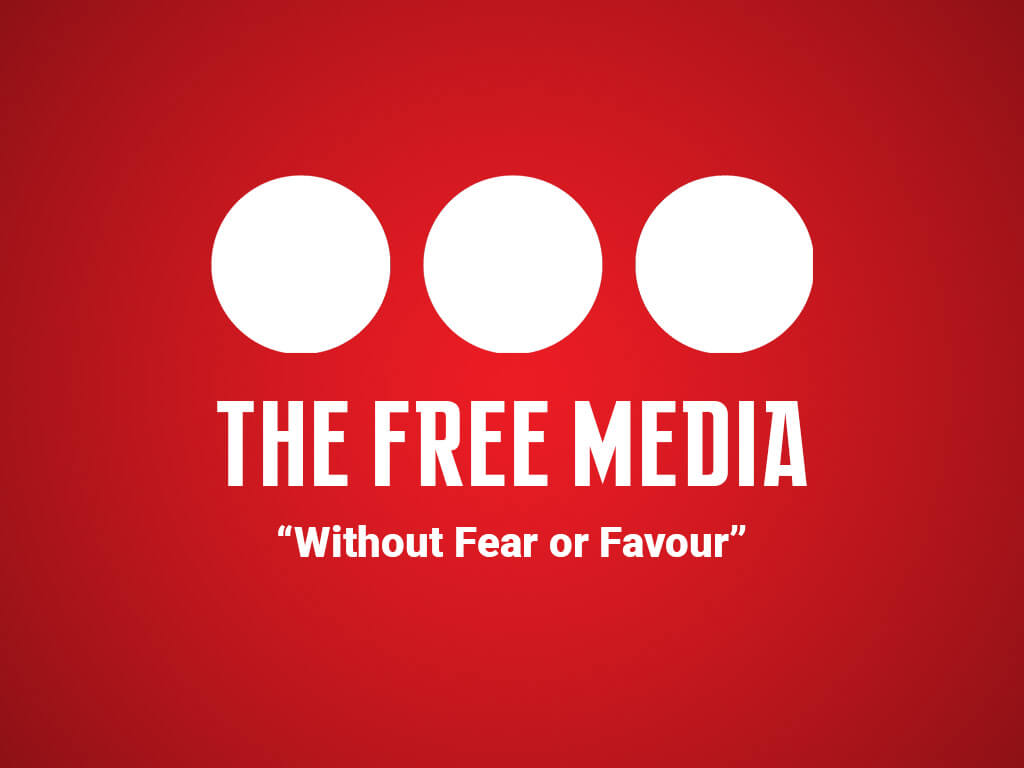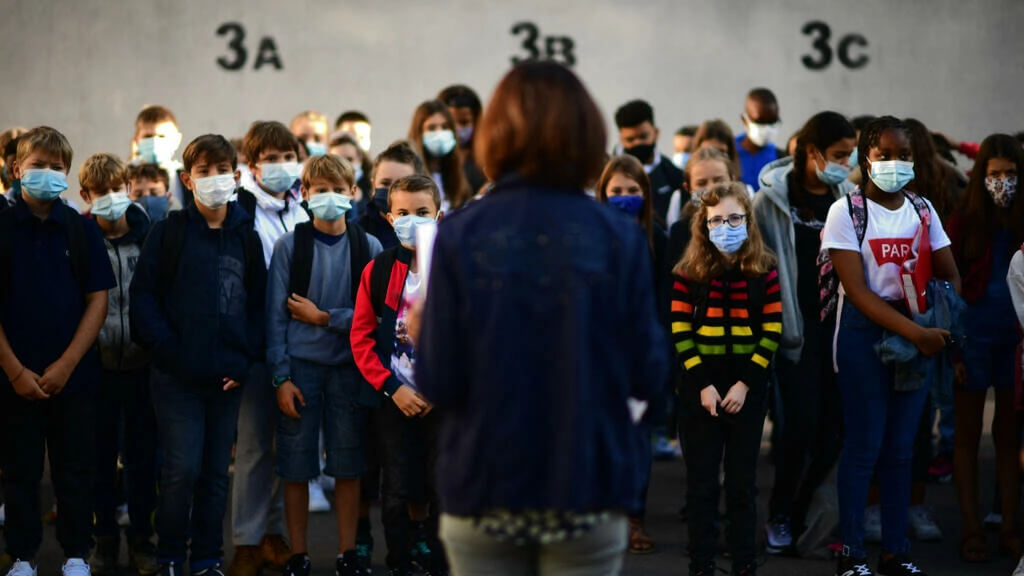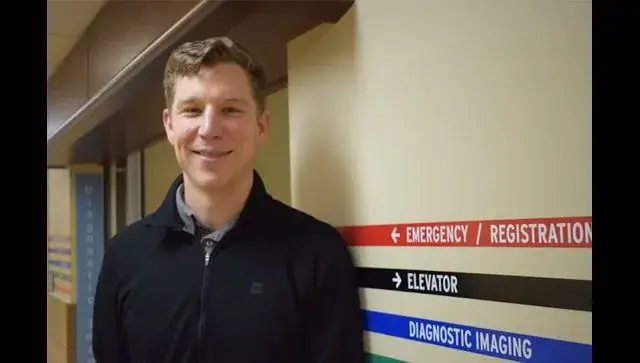Now not only girls, but also boys will have the opportunity to protect themselves from cancer caused by HPV. The vaccination programme is being expanded in response to our growing understanding of the forms of cancer that can be caused by the human papillomavirus (HPV). As the vaccine works best before you come into contact with the virus, the age for vaccination is being lowered from 13 to 10. An HPV infection can cause cancer in the mouth and throat, penis, anus, vagina, labia and cervix. Both boys and girls are being invited to get the HPV vaccine during the year in which they turn 10. Furthermore, anyone aged 12-18 who has not yet been given the HPV vaccine will be invited to get one in 2022 and 2023.
Protection from high-risk types
HPV is a very common, extremely infectious virus that eight out of ten people get infected with at some point in their lives. In most cases, the body will deal with the virus itself, though it sometimes remains in the cells for longer. When it does so, there is a possibility that cancer (or a precancerous stage) develops.

There are more than 100 different types of HPV, including variants that present a high risk of cancer. HPV types 16 and 18 are the most dangerous. Together these cause around 70% of all cases of cervical cancer and most of the other cancers caused by HPV. The vaccine protects against these two types. Annually, almost 400 men develop cancer due to an infection with HPV in the Netherlands; around 80% of these cases are preventable with the HPV vaccine. Vaccinating boys will also help protect the entire population through group immunity.
Lasting effect
The HPV vaccine is registered for use in children aged nine and over. When the HPV vaccination scheme was rolled out in 2010, girls aged 13 and over were invited to get the vaccine to ensure that they were protected for a sufficiently long period. Research in the Netherlands and abroad has shown that the vaccine provides lasting protection and can be given earlier. This is important, as the vaccine works best before someone has come into contact with the virus. Lowering the age for vaccination to 10 ensures that children are even better protected from HPV infections and maximises the effect of the vaccination.
HPV viruses are mostly on the skin and in mucous membranes around the genitals and in the mouth and throat. They are transmitted not through sexual intercourse only but also by hands, fingers and mouth.
The HPV vaccination is part of the National Immunisation Programme and is coordinated by the National Institute for Public Health and the Environment (RIVM). For further information go to
https://rijksvaccinatieprogramma.nl/infectieziekten/HPV
(in Dutch)

